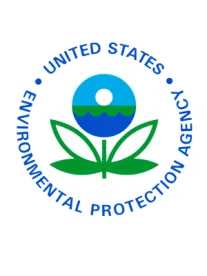EPA has proposed a new rule requiring companies that manufactured (including imported) chemicals for non-exempt commercial purposes at anytime between June 21, 2006 and June 21, 2016 to electronically file a notification with EPA. In the retroactive notification, the company must identify whether the chemical substance on the TSCA Inventory is either “active” or “inactive” in U.S. commerce. EPA plans to use this updated information to prohibit the manufacture or processing of chemical substances that it designates as inactive.
EPA proposes this rule as part of TSCA Reform, which Congress enacted last year in the Frank R. Lautenberg Chemical Safety for the 21st Century Act, Public Law 114–182. Under TSCA section 8(b), 15 U.S.C. 2607(b), if EPA does not receive notification of the active manufacture of a chemical substance on the TSCA Inventory, it will list the chemical as inactive going forward.
EPA also proposed forward-looking notification requirements under TSCA section 8(b)(5)(B) for companies planning to manufacture or process chemical substances listed as inactive on the TSCA Inventory. After EPA’s first publication of the TSCA Inventory with active and inactive designations, companies that intend to manufacture or process for nonexempt commercial purposes chemicals listed as inactive on the TSCA Inventory would be required to notify EPA 30 days before the date of manufacturing or processing.
While the proposed mandatory notification requirement applies only to manufacturers and not processors, processors are still significantly impacted by the proposed rule because of the potential that EPA could list a chemical they process as inactive. In addition to banning manufacturing of inactive chemical substances, TSCA Reform bans the processing of these substances. Therefore, processors have a significant interest in ensuring that chemicals they process are listed as active on the TSCA Inventory. Processors must pay close attention to EPA’s development of the TSCA Inventory active and inactive list to avoid disruption of their operations.
The information required in the notification includes the chemical identity and the date range when the manufacture occurred in the specified 10-year range. Companies will report their notifications electronically through EPA’s existing Central Data Exchange (CDX) (https://cdx.epa.gov/). EPA will require the notification by no later than 180 days after publication of the rule for chemical manufacturers, and 360 days after publication for processors. EPA estimates that the rule could impact 6,169 chemical manufacturers, with an estimated cost of $1,346 for those that must submit notifications. Likewise, EPA estimates that the rule will impact 161,550 processors, with only around 100 companies ultimately having to file notifications at $300 per notification.
Comments are due to EPA by March 14, 2017.


 />i
/>i

